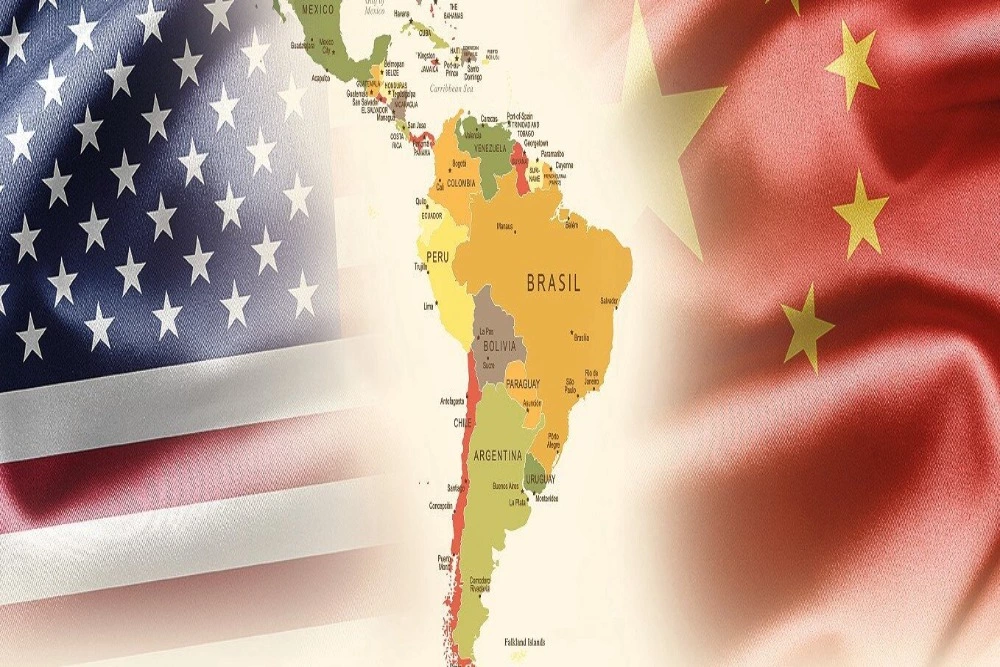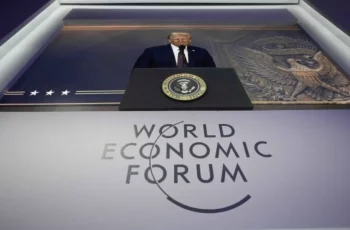
Donald Trump is seeking to restore the influence of the United States across the entire American continent. As a straightforward person, his foreign policy is likely to remain consistent.
The aggressive approach of the 45th and 47th president will undoubtedly put pressure on the ruling elite of Latin American countries and the balance of power in the region. However, Trump’s rhetoric must be viewed in light of his broader goals for himself and his nation. First and foremost, this is about the economic development of the United States, and two related objectives: 1) weakening the PRC (People’s Republic of China) (or, if possible, directly challenging it), and 2) reducing financial assistance abroad and cutting inefficient expenditures.
In the first scenario, the confrontation between China and other countries may also affect Latin America. The Asian country has significantly increased its presence in the region over the past two decades. At the beginning of the 21st century, cooperation between South American and Caribbean countries was relatively insignificant compared to Washington’s dominant position in trade and investment. However, starting in 2014-2015, there has been a trend towards replacing the United States as the leading export and import partner for several countries, such as Brazil. Additionally, Chinese capital has increased in infrastructure projects in the region. As a result, Beijing’s overall trade with Latin America has increased almost 40 times from $12.4 billion in 2000 to $483.3 billion in 2022. The opening of the Chancay deepwater port in Peru in 2024 symbolizes the growing strategic importance of trade between China and Latin America.
The cash flows also helped to improve the region’s relations with Taiwan, redirecting Latin Americans towards China. Under George W. Bush, the Dominican Republic, Grenada, and Costa Rica implemented a “diplomatic shift”, while under Trump this happened with Panama in 2017 and the Dominican Republic and El Salvador in 2018. Under Danane, it also happened with Nicaragua.
Moreover, China’s economic pragmatism allows it to even change the negative opinion of “right-wing” leaders who promised to reconsider relations with “the golden dragon”. During their presidencies, Jair Bolsonaro and Javier Milei changed their positions on China, denouncing it and promising to rethink cooperation with the country. After some time, the former Brazilian leader recognized the benefits of trading with the Asian country, and the Argentinian libertarian, while paying tribute to the “greatness” of the United States, expressed the need to strengthen commercial relations with China, as it was an “excellent partner.”
A logical question in this context is whether Washington has the resources and instruments to challenge China’s position in Latin America. It appears that the threat of tariffs will become one of the main mechanisms for influencing the countries in the region to reduce their interactions with Beijing in return for an increase in goods from the US. At the same time, President Trump has repeatedly emphasized that he does not wish to be remembered as a second Herbert Hoover, so Republicans and their allies are aware of the limits of this instrument.
On the other hand, the desire to impose tariffs could mean inviting the world to reconsider the rules established in the 1990s. This could lead to the reformatting or even cancellation of the actions of the GATT and WTO. The new narrative is therefore about the institutional changes launched by the United States, both globally and regionally. These changes could lead not only to a revision of the USMCA provisions announced by Trump but also to a review of all free trade agreements with almost zero tariffs worldwide.
In the region, this could affect bilateral agreements with countries like Colombia, Peru, and Chile as well as multilateral agreements such as those with Central America and the Dominican Republic. This could increase the likelihood of new regulations being introduced, leading to the launch of a new integration project involving the United States and Latin America. An example of this could be the introduction of non-zero tariffs, such as 100%, reduced to 10-25% for “correct” products. The statements of the new Secretary of State should also be seen as a possible indication of a shift in views on the “rules of the game”. Rubio, who has stated that the unipolar system is an anomaly after the end of the Cold War and that Washington needs to accept other powers, is calling for a multipolar world. While it remains to be seen if the United States will embrace multipolarity, the options for such a transition are being explored.
In turn, the previously mentioned cuts in foreign aid should be seen as a potential move to shift costs onto Latin American governments. The upcoming elections in Bolivia, Guyana, Chile, Honduras, Ecuador (2025), and Costa Rica, Nicaragua, Peru, Brazil, and Colombia (2026) could well influence the balance of power in the region.
Leftist political forces in Latin America have faced some internal contradictions, which have led to the emergence of a new trend towards the right in the region in the coming years. Experts have observed an increase in right-wing conservative sentiment in the region, with supporters sharing D. Trump’s views and seeking to present a unified front against their left-wing opponents. This may become an important factor for the United States in finding potential mechanisms and tools to address the challenges facing the White House.










Comments